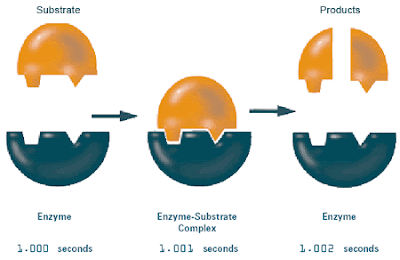Summary 8.1:
The organelle that photosynthesis takes place is the chloroplasts, inside these chloroplasts there is a chemical compound known as chlorophylls that are the main reason why these organelles have a green color. All the green parts in a plant is the parts that can carry out photosynthesis but the leaf of a plant has the most chloroplasts. But inside the leaf the chloroplasts are concentrated in the cells of the mesophyll. There are tiny little spores on the surface of the leaf called the stomata, the stomata is the gate between the plant and the outside world for CO2 and O2.
The chloroplasts have two membranes, the inner membrane holds a thick fluid called stroma and the things that are suspended in them are disk-shaped sacks called thylakoids. The thylakoids are stacked together called grana(pl), these grana organizes the reactions that make up photosynthesis.
The equation of photosynthesis is (CO2+H2O→→ Glucose+O2). The reaction is separated into two main steps: light reactions and the Calvin cycle. Light Reactions is the step that first uses the molecules inside the thylakoids, first they harness light and they use that light to split electrons from H2O molecules. This causes the oxygen to be pumped out because it is the waste, but the plant keeps the hydrogen atoms. The chloroplasts use the hydrogen ions to make NADPH (electron carriers) but also they use the light energy to make ATP too.
The Calvin Cycle consists of making sugar from the atoms in CO2, hydrogen ions and from NADPH. The ATP made from the light energy is used to provide energy for the Calvin Cycle.
Vocab Words:
-chloroplasts: a cellular organelle where photosynthesis takes place.
-chlorophylls: chemical compounds that give the chloroplast its color.
-stroma: a thick fluid inside the inner membrane of the chloroplast.
-thylakoids: disk-shaped sacs inside the stroma.
-light reactions: the stage that converts sunlight energy into chemical energy.
-calvin cycle: the stage that makes sugar from CO2, hydrogen ions and the NADPH.
Concept Check:
1.

<--Outer Membrane and the one right below it is the Inner Membrane.
2. The reactants for photosynthesis are CO2 and H2O and the products are glucose and O2.
3. The two main stages of photosynthesis are light reactions and Calvin Cycle, they are both related by because the light reactions supply the Calvin Cycle with energy. And the Calvin Cycle supplies them back with carriers that collect ATP energy and electrons.












